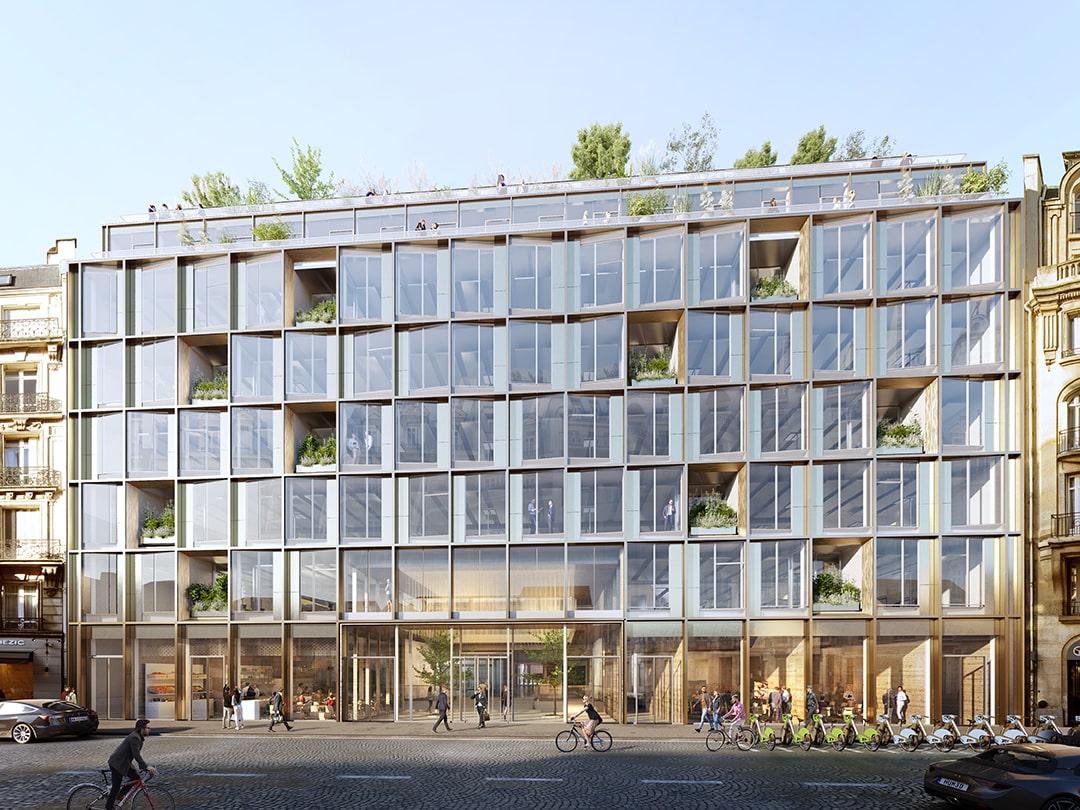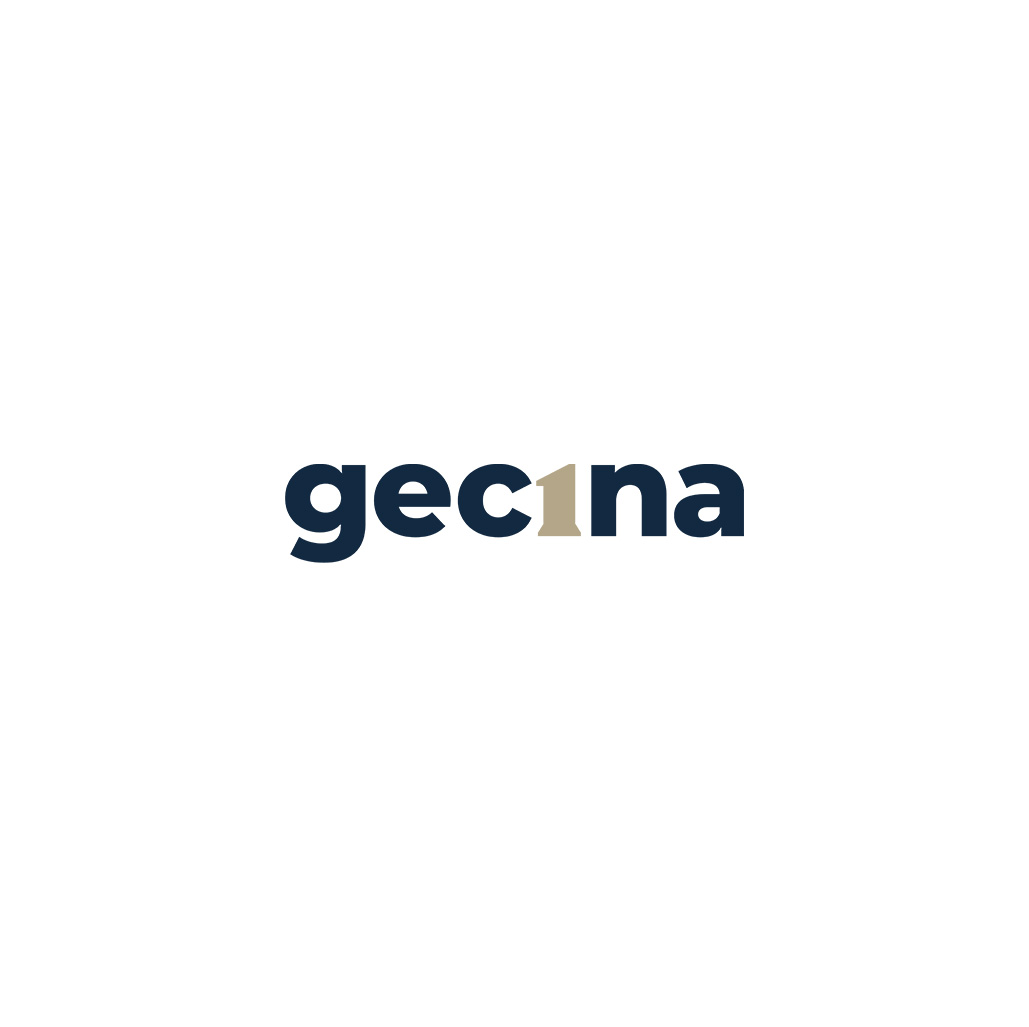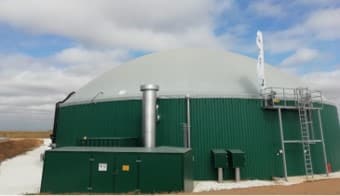Built in 1964, l1ve is currently being restructured as part of an ambitious and unique low-carbon and circular economy approach in the heart of Paris. Located on the Concorde, Place de l’Étoile, Grande Armée, La Défense axis, the 33,500 m² building stands out for its architecture and the quality of its spaces: the preservation of the monumental structure of the large gallery on the ground floor and its facade with its assertive graphics make this building unique in the capital.
In 2022, L1ve will become the headquarters of a major consulting firm.
In 2020, l1ve won the MIPIM Awards in the “Best Futura Project” category.
The restructuring of L1ve implements a representative set of elements of Gecina’s CSR policy, particularly in terms of low carbon and circular economy:
▪ A project designed to consume 68 KWh of final energy/m² and emit 2.1 KgCO2/m² once in operation, i.e. respectively 2.5 times less and 7 times less than a comparable building on the market according to the Observatoire de l’Immobilier Durable ;
▪ Emissions due to the renovation and the construction materials used are very well controlled: only around 768 KgCO2/m² thanks to the preservation of the existing building and the selection of materials that have undergone an LCA. This is better than the average for comparable operations (1109 KgCO2/m² according to the E+C- Observatory);
▪ 48% improvement in energy performance and 81% improvement in carbon performance after renovation;
▪ Implementation of renewable energy on the site: installation of solar panels on the roof, deployment of geothermal energy and connection to urban heating and cooling networks;
▪ Selection of materials according to their carbon impact and place of manufacture;
▪ Reuse of materials: 66% of the 1,500 m² of the gallery floor comes from the old façade;
▪ Resale and donations to associations when possible: 75% of materials sold to start-ups for the manufacture of design objects, 25% of material donations, i.e. the equivalent of 500m2 of office space;
▪ In the end 80% of the audited materials were reused, i.e. 83 tons of waste avoided (equivalent to 394 tons of carbon emissions avoided during the renovation process);
▪ Rainwater harvesting and reuse;
▪ 8% of hours worked in favour of social inclusion;
▪ Contribution to biodiversity and well-being: creation of 2,800 m² of accessible green terraces, garden, and rooftops;
▪ Proximity to public transport; with metro line 1 and RER C at the foot of the building and the forthcoming extension of the RER E and T3B tramway.
This policy enables the highest environmental standards to be achieved on this project:
▪ HQE Exceptional Sustainable Building,
▪ LEED Platinium,
▪ BBCA Renovation,
▪ WELL Gold,
▪ BiodiverCity®,
▪ WiredScore Platinum.




